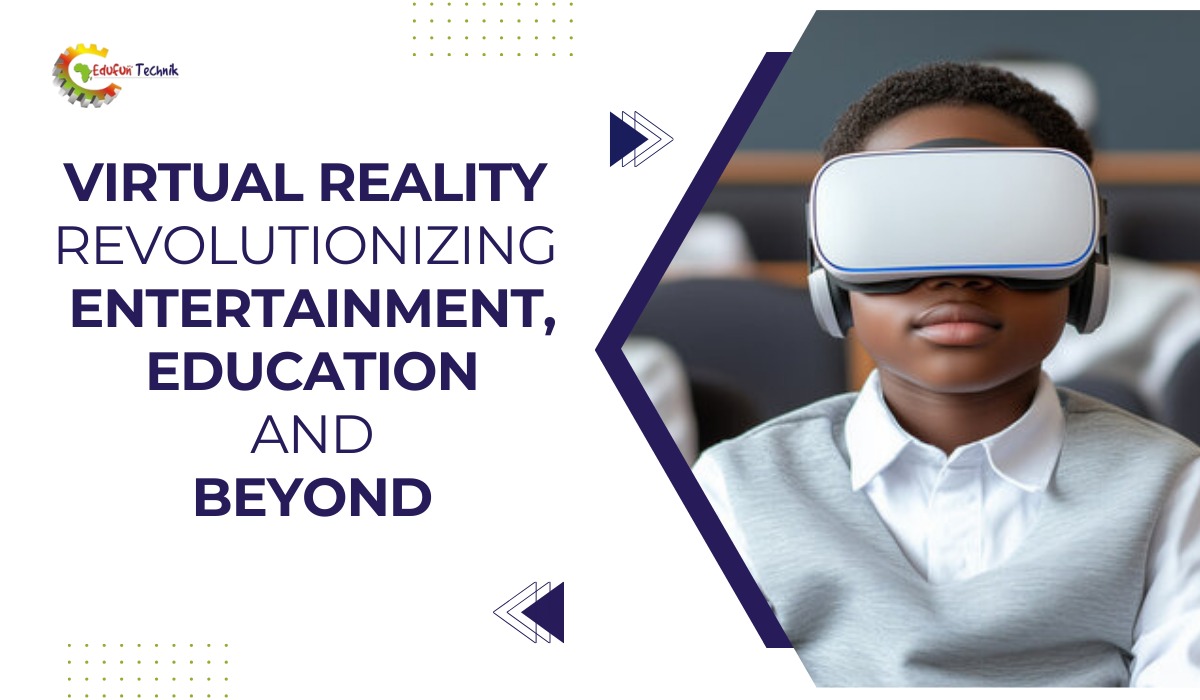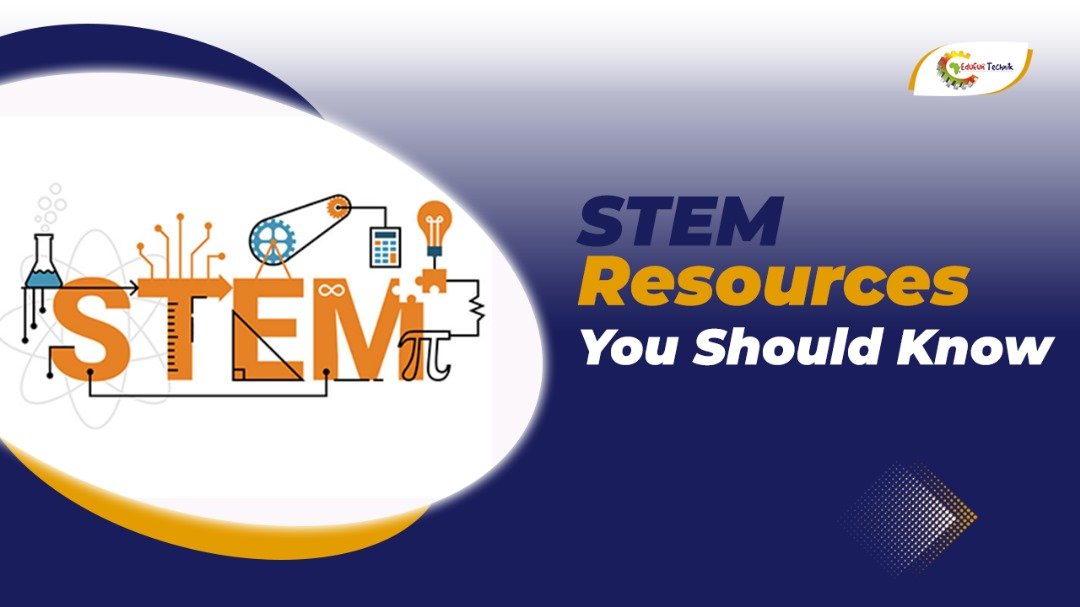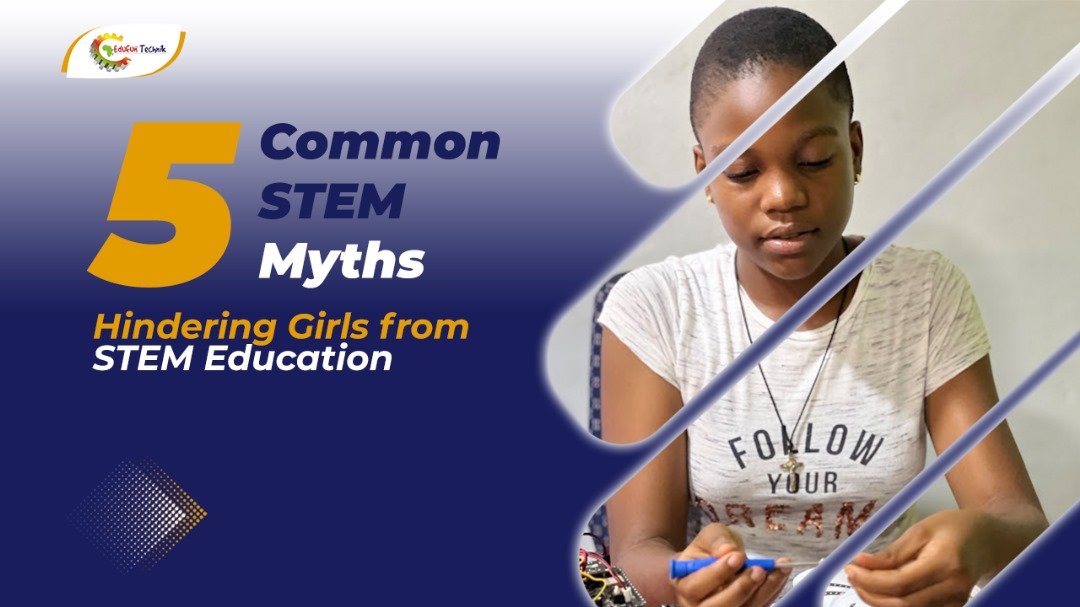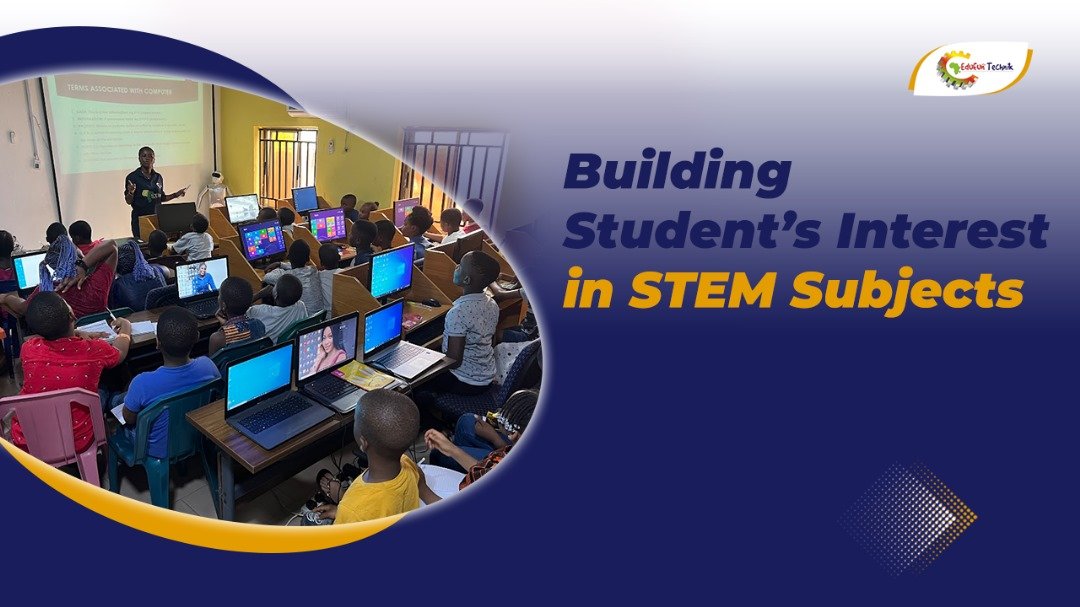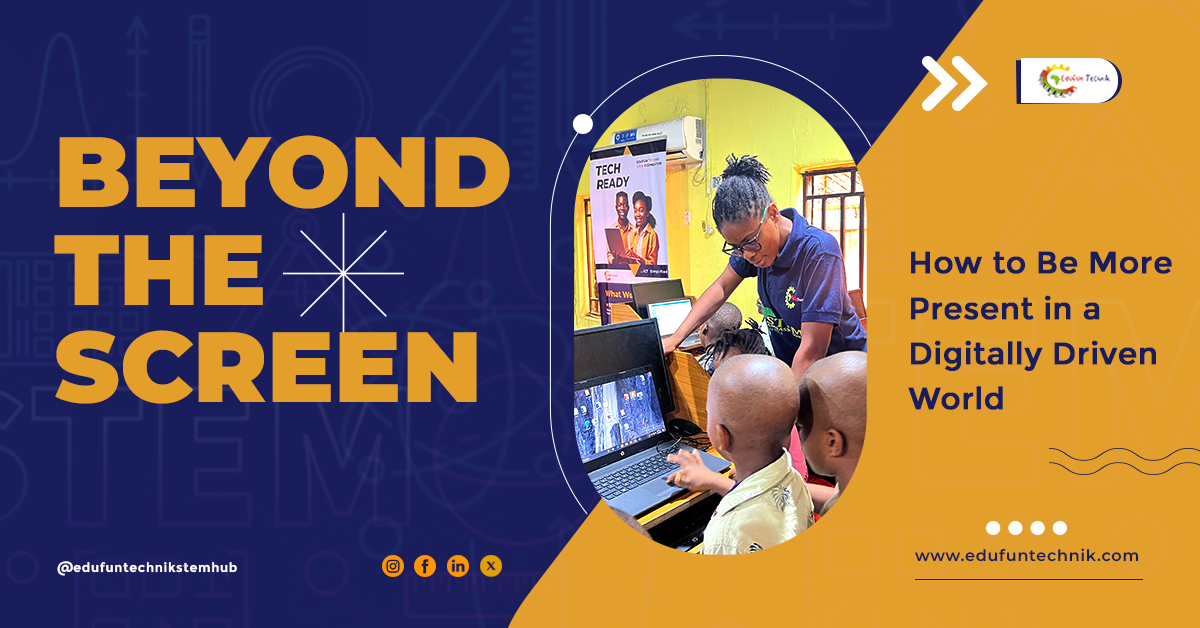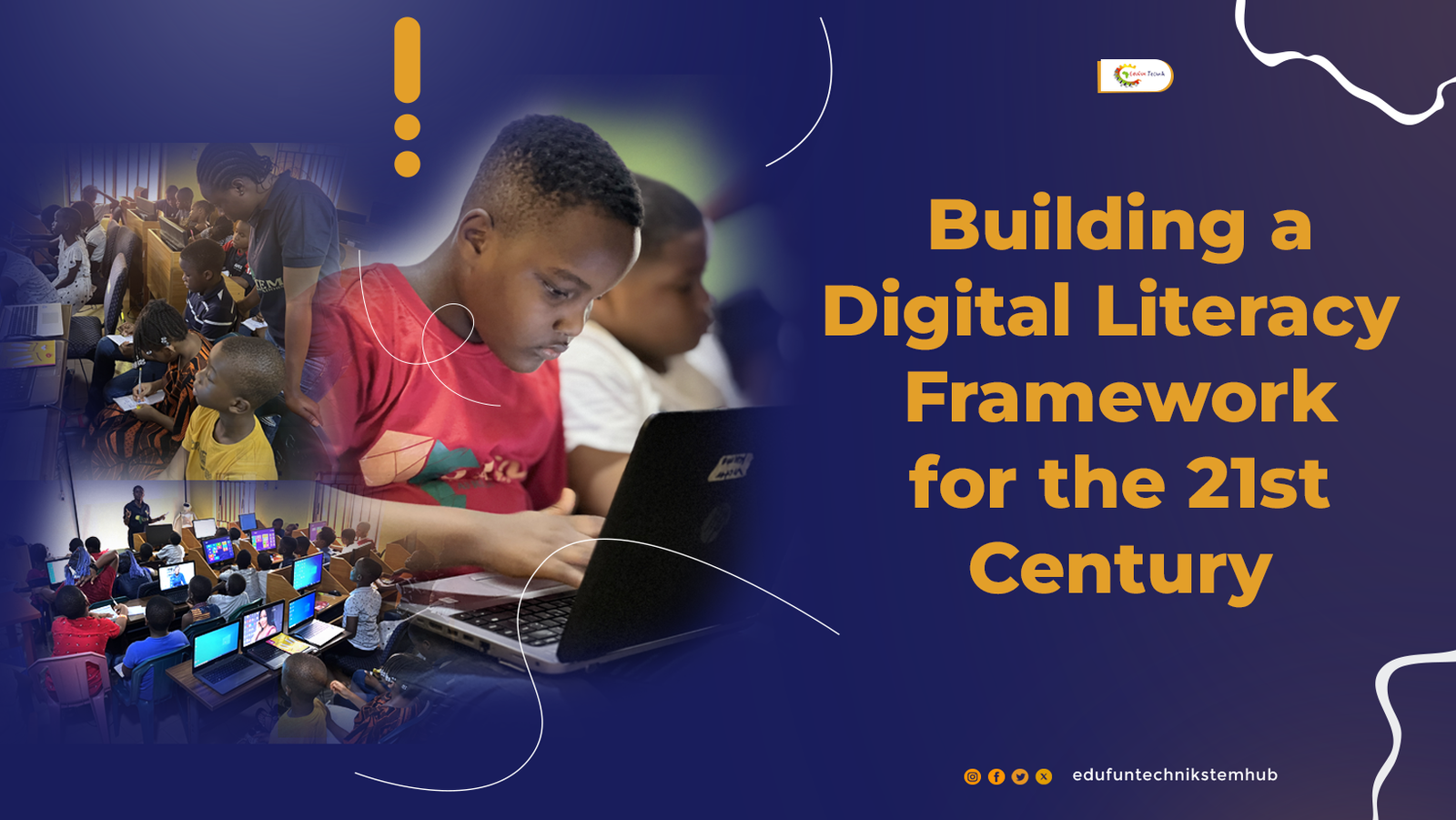Virtual reality (VR) is a way to step into a computer-generated world where you can see, hear, and sometimes even touch things as if they were real. Instances, such as putting on a headset that makes you feel like you are standing on a beach, walking through a forest, or even flying through space. It is not magic, but a smart mix of technology that tricks your brain into thinking you are somewhere else.
How Virtual Reality is Changing Entertainment
When you play games using VR, it feels like you are inside the game. Instead of just watching on a screen, you can swing swords, drive cars, or even fight battles. Games like “Half-Life: Alyx” show how exciting VR can be. Gabe Newell, co-founder of Valve, said, “VR brings us closer to interacting with technology in a way that feels natural.”
It is not just about games. You can watch concerts, sports events, or movies in a way that makes you feel like you are really there. Some platforms even let you meet friends, throw virtual parties, or work on projects together. VR creates new ways for people to connect and share experiences.
Virtual Reality and Education
VR makes learning fun and easy to understand. It lets students explore places like the ocean or ancient ruins without leaving the classroom. For example, students studying history can walk through a virtual version of the Great Pyramid of Giza.
The Smithsonian Institution uses VR to help people learn more about history and science. A Stanford University study showed that students remembered 30% more when they used VR compared to regular learning methods. Dr. Jeremy Bailenson said, “VR helps people learn in ways they will never forget.”
VR is also great for training. Medical students can practice surgeries without any risk to patients. Dr. Shafi Ahmed, a famous surgeon, performed the first surgery broadcasted through VR. He said, “VR makes learning about surgery possible for everyone, everywhere.” Pilots also use VR simulators to practice flying before stepping into a real cockpit.
How Virtual Reality Solves Real Problems
VR is not just for fun or learning. It is helping solve real-life problems. In healthcare, VR helps patients manage pain or anxiety by letting them relax in calming virtual places. A study from Cedars-Sinai Medical Center in 2022 found that VR therapy reduced pain by 24%.
Therapists use VR to help people overcome fears, like being afraid of heights. By creating safe virtual settings, they help people build confidence one step at a time.
Companies like Walmart and UPS use VR to train workers for situations like emergencies. This helps employees be better prepared while saving time and money. Architects also use VR to show clients how buildings will look before they are built. This helps avoid mistakes and saves money.
The Challenges and What’s Next
Even though VR is amazing, there are still problems. It can be expensive. A good VR headset costs a lot, and many people cannot afford the computers needed to run them. But as technology improves, prices will go down, making VR available to more people.
Some experts worry that people might spend too much time in VR and forget about real life. Dr. Andrew Przybylski from the University of Oxford said, “We need to use VR in a way that balances with real life.” Developers are working on ways to help, like limiting how long people can stay in VR.
The future of VR looks exciting. Companies like Meta and Apple are spending a lot of money to make VR better and easier to use. Virtual reality (VR) and augmented reality (AR) have the potential to deliver a $1.5 trillion boost to the global economy by 2030. That’s the major finding of an economic impact assessment conducted by PwC UK economists, published in their report Seeing is Believing. This means new jobs and new ways to explore.
Stories of How VR Helps People
The Anne Frank House in Amsterdam used VR to let people explore the secret annex where Anne and her family hid during World War II. This helps people learn about history in a personal way. One visitor said, “It made me feel like I was really there, experiencing her story.”
In another example, a teacher in India used VR to teach students about space. The students, who had never seen a telescope, got to walk on the moon virtually. The teacher said, “VR made something amazing possible for these kids.”
Conclusion
Virtual reality is not just a cool gadget. It is a tool that is changing how we live, learn, and solve problems. From playing games to helping doctors and teachers, VR offers something for everyone.
As you learn more about VR, remember that it is not about escaping the real world. It is about making life better. Whether you are a gamer, a student, or just curious, VR has something exciting waiting for you. This is just the beginning, and there is so much more to come.

